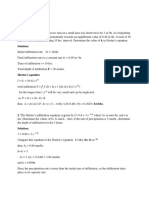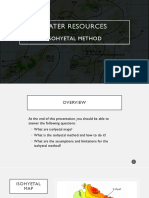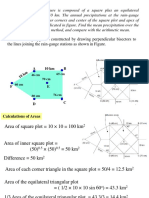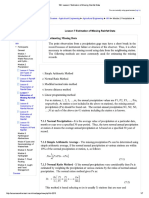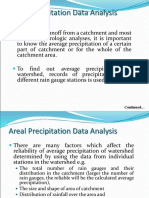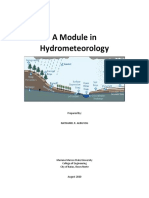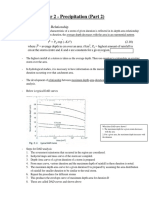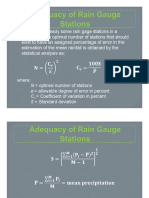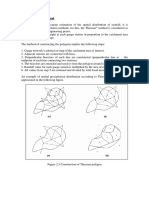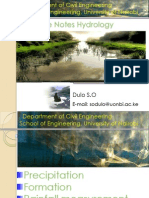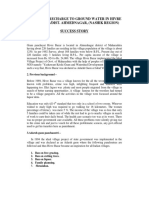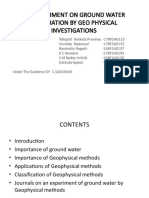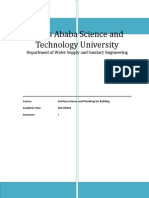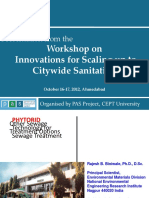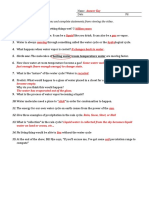100% found this document useful (2 votes)
8K views18 pagesArithmetic Mean Method
this document contain arithmetic mean method of calculating missing rainfall data using surroundin rainfall data
Uploaded by
Satya Prakash Pandey ShipuCopyright
© © All Rights Reserved
We take content rights seriously. If you suspect this is your content, claim it here.
Available Formats
Download as PPTX, PDF, TXT or read online on Scribd
100% found this document useful (2 votes)
8K views18 pagesArithmetic Mean Method
this document contain arithmetic mean method of calculating missing rainfall data using surroundin rainfall data
Uploaded by
Satya Prakash Pandey ShipuCopyright
© © All Rights Reserved
We take content rights seriously. If you suspect this is your content, claim it here.
Available Formats
Download as PPTX, PDF, TXT or read online on Scribd
/ 18



